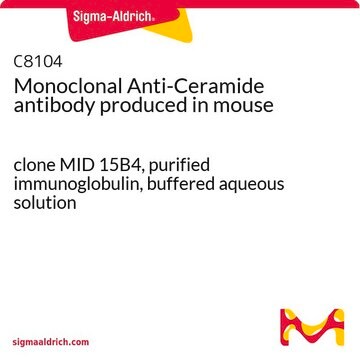P7288
o-Phenylenediamine dihydrochloride
chromogenic, tablet
Synonym(s):
1,2-Phenylenediamine tablet, OPD, OPD Tablet
About This Item
Recommended Products
product name
o-Phenylenediamine dihydrochloride, tablet, 20 mg substrate per tablet
form
tablet
mp
258 °C (dec.) (lit.)
storage temp.
2-8°C
SMILES string
Cl[H].Cl[H].Nc1ccccc1N
InChI
1S/C6H8N2.2ClH/c7-5-3-1-2-4-6(5)8;;/h1-4H,7-8H2;2*1H
InChI key
RIIWUGSYXOBDMC-UHFFFAOYSA-N
Looking for similar products? Visit Product Comparison Guide
General description
Application
- as a substrate for the eosinophil peroxidase (EPO) assay in bronchoalveolar lavage fluid (BALF)
- in cell adhesion molecule-enzyme immunoassay (CAM-EIA) to analyze the amounts of E-selectin induced by test compounds (LPS or solutions and materials) on endothelial cells
- in ultra-sensitive enzyme-linked immunosorbent assay (ELISA) to measure prolactin and luteinizing hormone (LH)
Reconstitution
signalword
Warning
Hazard Classifications
Acute Tox. 4 Inhalation - Acute Tox. 4 Oral - Aquatic Acute 1 - Aquatic Chronic 1 - Carc. 2 - Eye Irrit. 2 - Muta. 2 - Skin Sens. 1
Storage Class
11 - Combustible Solids
wgk_germany
WGK 1
flash_point_f
Not applicable
flash_point_c
Not applicable
Certificates of Analysis (COA)
Search for Certificates of Analysis (COA) by entering the products Lot/Batch Number. Lot and Batch Numbers can be found on a product’s label following the words ‘Lot’ or ‘Batch’.
Already Own This Product?
Find documentation for the products that you have recently purchased in the Document Library.
Customers Also Viewed
Articles
NBT-BCIP substrate system aids in western blotting and immunohistological staining, producing a blue-purple insoluble end product.
Our team of scientists has experience in all areas of research including Life Science, Material Science, Chemical Synthesis, Chromatography, Analytical and many others.
Contact Technical Service

















